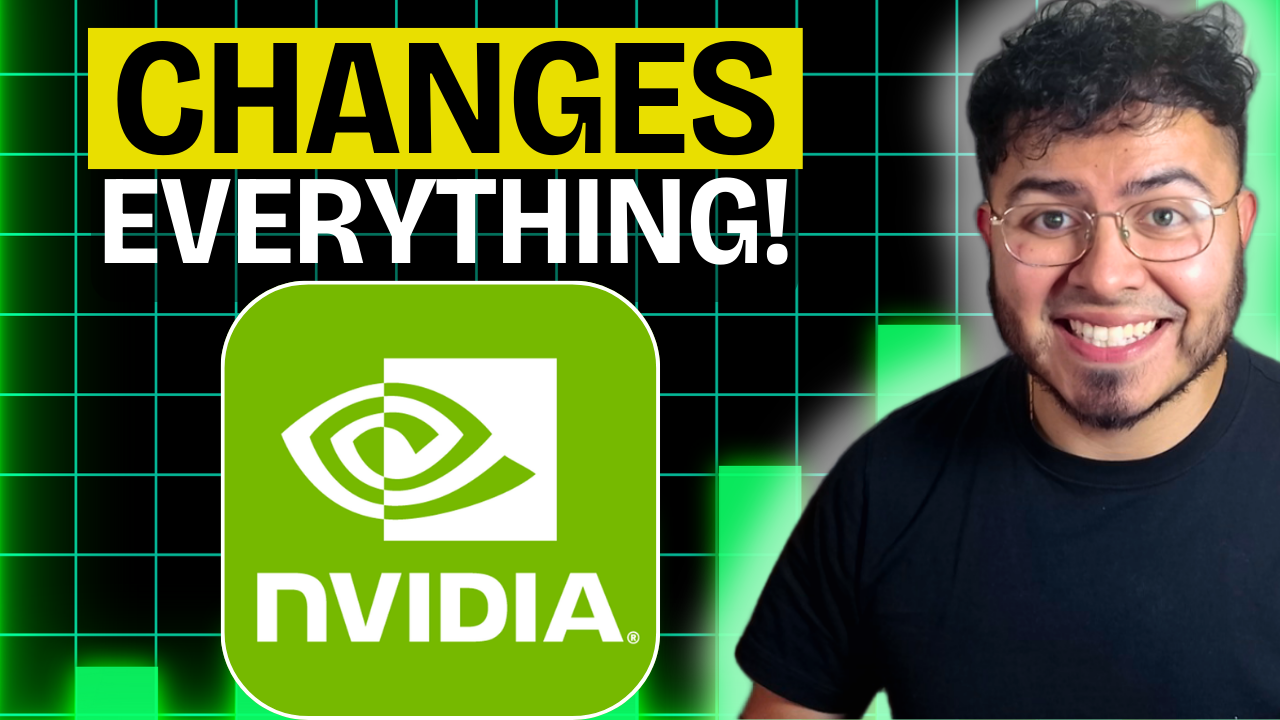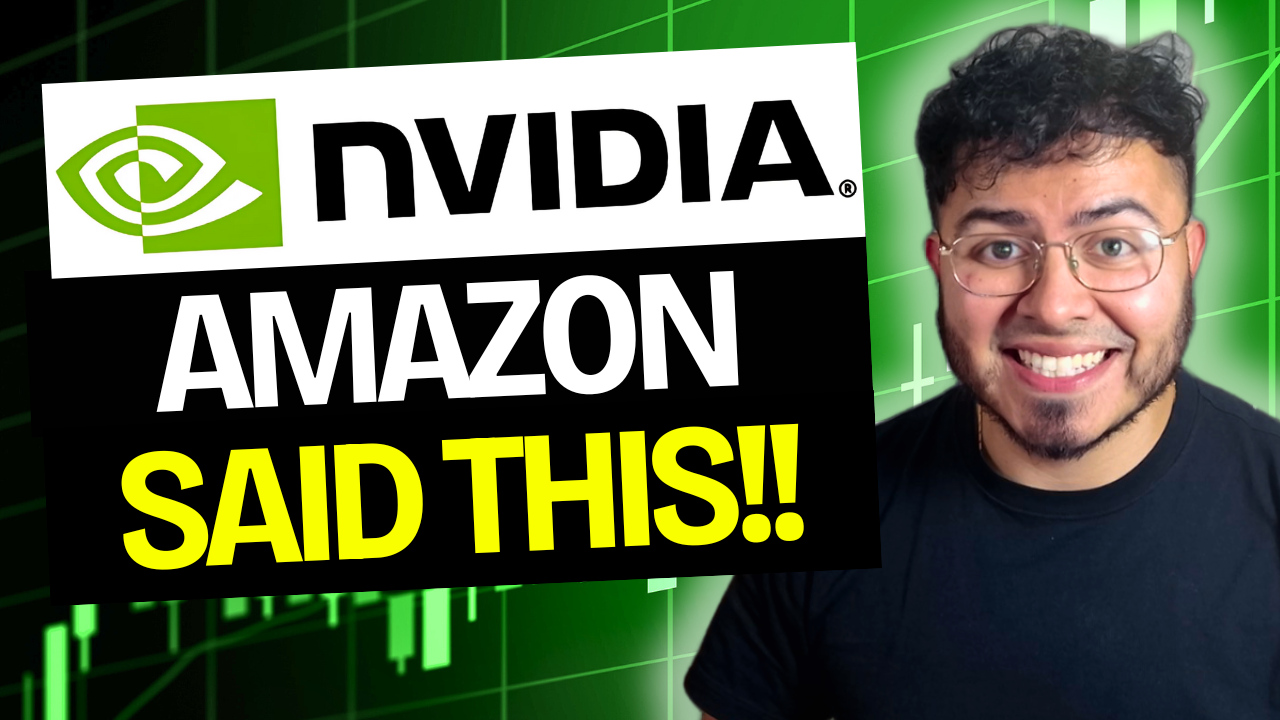It's hard to believe that at one point this year, Nvidia (NVDA 2.42%) stock had plummeted by 30% and lost over $1 trillion in market value.
Yet as of the closing bell on Aug. 20, shares have bounced back with a 31% gain on the year -- far outpacing the returns of the S&P 500 or Nasdaq Composite. Even more impressive, Nvidia has reclaimed its crown as the most valuable company in the world, boasting a market capitalization of nearly $4.3 trillion.
Despite trading near all-time highs, some Wall Street analysts see even more upside ahead -- with price targets forecasting as much as 400% further gains. In other words, many investors think Nvidia stock is still undervalued.
Let's explore the catalysts that could fuel Nvidia even higher, and detail why now may as good a time as ever to buy the stock hand over fist.

NASDAQ: NVDA
Key Data Points
Big tech has a big appetite for chips
Throughout the artificial intelligence (AI) revolution, one common theme has emerged: big tech is plowing unprecedented sums into capital expenditures (capex).
AMZN Capital Expenditures (TTM) data by YCharts
Cloud hyperscalers like Amazon, Alphabet, Microsoft, and Oracle are in an all-out race to secure as many graphics processing units (GPUs) as possible to build durable, highly scalable infrastructure.
Meta Platforms is launching Meta Superintelligence Labs (MSL), aiming to supercharge social media platforms and wearable devices with enhanced AI capabilities.
Tesla may have the boldest ambitions of all: deploying a fully autonomous robotaxi fleet to disrupt delivery and ridehailing services, while simultaneously developing humanoid robots designed to revolutionize the labor force.
Big tech's spending spree on chips isn't hitting a plateau, it's accelerating. And that's a direct tailwind for Nvidia, the undisputed leader powering enterprise and consumer AI applications across the globe. From training large language models (LLMs) to powering next-generation robotics and autonomous systems, Nvidia remains at the center of the AI ecosystem -- with demand that shows no signs of tapering off.
Don't sleep on the shift from infrastructure to software applications
Given all the factors discussed above, it's easy to assume that Nvidia's growth story is entirely dependent on continued infrastructure spending. Without question, the buildout of data centers -- whether from private enterprises or sovereign-led initiatives like Project Stargate -- remains a powerful driver of demand for GPUs and AI accelerators. But to focus solely on hardware would be to overlook one of the most transformative shifts now underway: the rapid expansion of downstream applications.
The proliferation of LLMs -- from ChatGPT and Perplexity, to Grok, Claude, and Gemini -- has accelerated the adoption of AI-powered software. What began as an arms race to secure compute capacity is now shifting toward enterprise-scale integration of AI tools across industries -- creating new demand for inference workloads and keeping Nvidia at the forefront the discussion.

Image source: Getty Images.
Nvidia's door to China just got a lot bigger
Nearly half of Nvidia's revenue comes from the U.S., but international markets remain a major source of growth for the chip leader. China alone represents an estimated $50 billion opportunity, according to Nvidia CEO Jensen Huang.
Despite ongoing tension in U.S.-China trade relations, Nvidia recently secured access to the Chinese market through a new agreement requiring the company to remit 15% of its China sales to the U.S. government.
The moonshot that's within reach
Another catalyst that investors may be overlooking is quantum computing. While the technology is still in development and not yet commercially viable for today's AI workloads, its long-term potential could be massive.
Quantum applications are expected to deliver breakthroughs to critical industries that rely on complex problem solving -- including financial services, pharmaceuticals, and energy.
What's important for investors to understand is that Nvidia is already quietly laying the groundwork to benefit from the rise of quantum computing. The company's software ecosystem, called CUDA, already has a strong foothold in generative AI development.
Building on this foundation, Nvidia has introduced CUDA-Q -- a more specialized framework dedicated to quantum workflows. This positions Nvidia beyond serving as the backbone of AI infrastructure today, but also as a critical enabler of the quantum era down the road.
In other words, what might seem like a moonshot at first glance could become a meaningful source of growth sooner than many anticipate.
Mix it all together, and Nvidia looks poised for explosive growth
Viewed in full, Nvidia is not just the cornerstone of today's AI infrastructure buildout -- it also carries highly valuable optionality across both hardware and software as emerging technologies and markets take shape.
NVDA PE Ratio (Forward) data by YCharts
Yet despite these tailwinds, Nvidia's forward price-to-earnings (P/E) multiple has compressed meaningfully from its prior peaks during the AI boom.
Translation: The market is increasingly valuing Nvidia as a mature chip supplier rather than a company poised for explosive growth. This perspective misses the upside.
Investors appear to be underestimating the combined potential of accelerated data center spending, hardware's critical role in enabling AI software development, renewed access to China, and longer-term opportunities in fields like quantum computing.
For these reasons, I think Nvidia stock is well positioned for sustained valuation expansion in the years ahead. At today's levels, the stock looks like a compelling buy-and-hold opportunity -- trading at a reasonable price levels relative to the growth levers that could propel shares significantly higher in the long run.







